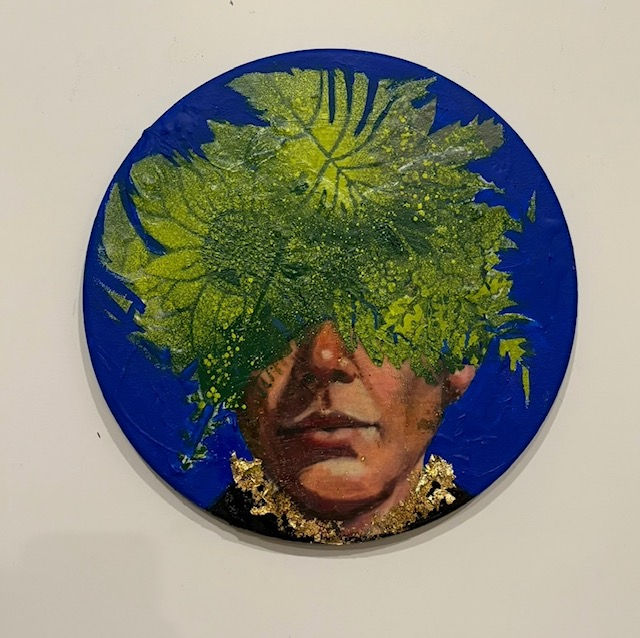Inside the Studio: Julia Rivera
- Art Dealer Street
- Sep 23
- 3 min read
Updated: Sep 25
From Florence to Paris, Puerto Rico to New York, Julia Rivera’s practice moves fluidly between continents, centuries, and states of mind. Trained in painting, sculpture, and conservation, she creates works where playfulness, surreal imagery, and metaphysical inquiry sit side by side. Clocks, fruit, toy cars, elongated chairs—her carefully chosen objects act like stage props in a poetic theater of memory and meaning. Rivera’s restoration background threads history into the present, while her advocacy for women artists through Art Up the Stairs extends her studio’s spirit into community. In this conversation, she reflects on how place, time, and purpose shape a practice that seeks not merely to decorate, but to speak.

Read on to learn more in an exclusive interview with Julia Rivera :
1. Your journey in art has taken you across Florence, Paris, Puerto Rico, and New York. How have these diverse environments shaped your creative voice and artistic identity?
My love of traveling—and the opportunity to receive scholarships to study in a few countries—has shaped my voice. The cultures, history, food, and people helped define who I am as an artist. Politics and women’s rights are important themes in my paintings. My feelings and the objects I love will always be part of my work.

2. Your work is known for blending playfulness, surrealism, and metaphysical themes. Can you walk us through your process of choosing objects like clocks, fruit, or toy cars for your compositions?
All objects, experiences, love, and humanity will always appear in my work. For example, the clock represents time—once it passes, it never returns.
3. You once said that “good works have to possess magic and mystery.” How do you personally define that sense of magic in your art—and how do you know when a work has it?
I’m a big believer in caring for our planet and for ourselves as human beings. My work sometimes carries a sense of magic and reflection, and I want my pieces to be conversation starters. I want my work to say something—not just decorate.

4. Art restoration is a unique skill that not many artists possess. How does your background in restoring 17th-century paintings influence your practice as a contemporary artist?
I studied art conservation so I can preserve paintings that tell a story or are part of history. In my own paintings, I try to bring women from the 17th century into our modern time.

5. As someone who has studied both the classical and the experimental, how do you balance tradition and innovation in your studio practice today?
I love creating both classical and experimental paintings, and I try to combine them into a strong, cohesive piece.

6. You’ve participated in both the 18th and 19th editions of Clio Art Fair. What was that experience like for you, and what did you take away from showcasing your work in such a dynamic and independent setting?
Clio Art Fair was a great experience and an opportunity to represent myself. I have galleries that represent my work, so it felt good to be there on my own, meet people, and share time with other artists. I appreciate how the fair’s founder supports and respects artists’ work without judgment.

7. With Art Up the Stairs, you’ve created a platform for promoting female artists. What motivated you to start this gallery, and what impact do you hope it has on the local and global art communities?
Art Up the Stairs was created to help female artists who haven’t had the opportunity to exhibit or present their work—to support and motivate them. It also brings art to wellness centers for people who don’t have time to visit galleries. The gallery’s mission is to promote female artists, while occasionally inviting male artists as well.

8. Looking ahead, are there any new materials, ideas, or projects you’re excited to explore in your upcoming work?
I’ve been an artist for the last 3+ years. I will never stop experimenting. I love all media and know how to work with each when needed.

Julia Rivera canvases carry time’s heartbeat—objects as symbols, histories restored, and women from earlier centuries reimagined in the now. Her practice reminds us that art can be both tenderness and testimony: a place where materials hold meaning and imagination opens doors. We’re grateful to Julia for sharing her journey—one that invites viewers to look closer, ask more, and find their own mystery in the work.
You can learn more about Julia Rivera and her work via these links:
Instagram: @julia_rivera_art Artsy: @Julia Rivera






Comments